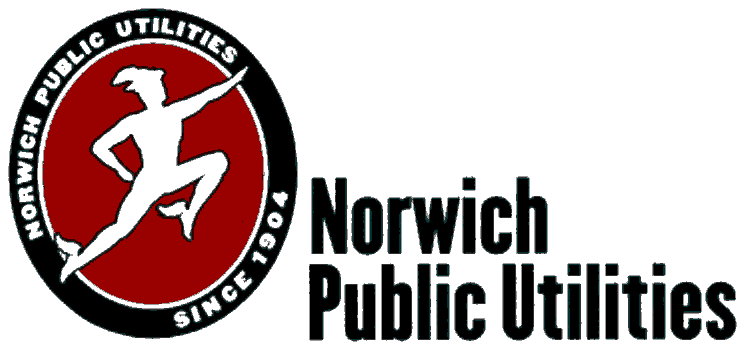Implementation
Norwich Public Utilities (NPU)
Project Completed
INDUSTRY: Electric Gas Water and Wastewater
SERVICES: Implementation
Lifecycle Assets Implementation Puts Asset Management in the Field at NPU
 The Need
The Need
Norwich Public Utilities (NPU) wanted to be able to manage cyclical assets better in the field.
The Background
NPU provides four utilities to the City of Norwich – natural gas, electricity, water and wastewater collection. Established in 1904, NPU is municipally-owned and governed by a five member Board of Commissions and Sewer Authority, who represent the best interest of the citizens they represent.
The Challenge
There’s always a need and a desire to maintain transformer information throughout a transformer’s full lifecycle, even when it is not installed in the field. Utilities are often backed into the corner of building their own system to manage this information properly.
After a while, though, it can move far away from simplicity. More and more requirements are needed, data is not always accurate, and there’s no guarantee that it matches what’s in the geodatabase.
SSP Innovations has seen this problem a fair amount of times over the years, and soon compiled this knowledge and experience into a product called Transformer Manager. Recently, SSP Innovations worked with Norwich Public Utilities to implement a standalone implementation of Transformer Manager to replace NPU’s legacy system.
Problems with the Legacy System
Developers at NPU built the legacy system that stood stalwart until the day that AssetLife (formerly known as “SSP Transformer Manager”) was unveiled. Its landing form was a switchboard, and various forms, queries and reports could be accessed throughout the application.
The Access system itself presented some issues, since it only allowed single-user access and could not be used in the field. It functioned as designed, though, and worked for NPU for quite a while.
As time passed, the original developers retired. Needs evolved, and the application became difficult to change. Data risked becoming unreliable, as it was not validated, nor was it tied into GIS. There are financial, regulatory, and environmental reasons why this data must be correct.
Aware of the potential pitfalls of staying with the current application, NPU reached out for a suitable replacement.
The Solution: Lifecycle Assets
Transformer Manager started within SSP Innovations as a web application module that could be added onto SSP Lifecycle application. For this project, SSP Lifecycle Assets was configured to allow optional standalone support to function as its own distinct web application.
Even as a standalone product, it uses the WFM engine, which offers quite a few out-of-the-box benefits, such as active directory integration, role-based security, easy integrated web access, GIS integration, and tailored SSP Maintenance apps to update the web application from the GIS.
Inside Lifecycle Assets:
Lifecycle Assets mirrors Lifecycle Work functionality in several ways, as well. For example, transformers are given full, configurable lifecycles that can stop and wait for GIS edits if desired.
The application is also very configurable and customizable, supporting a variety of application hooks for custom-developed functionality, and a variety of configuration options to keep maintenance easy.
GIS integration works by validating with SSP Lifecycle that a transformer can be installed, removed, or transferred, allowing access if so, and sending all updates back to the application nightly once posted.
The Results
NPU began the process by working with SSP to define a transformer asset’s lifecycle, from the point it is received to the point it is disposed (and everything in between). Instead of the traditional route of GIS configuration into the lifecycle, NPU created a “pending” state for installations and removals to indicate that the transformer was installed, but GIS still needed to be updated.
This allowed for some versatility in the order of operations while still ensuring that essential steps would have to wait for the GIS to be updated. Some custom workflow tasks were created for NPU in order to achieve the desired workflow and capture extra desired fields.
Another goal for NPU was to keep data for historical and regulatory purposes. Transformer attachments were implemented for the project, which allows users to upload documents or photos, and enables even long-disposed transformers to keep a paper trail if necessary, especially for PCB tests.
NPU’s implementation of Lifecycle Assets allowed for several other new product enhancements, as well, such as highly-configurable reports/queries, multiple feature/object class support in GIS, updates to Lifecycle Assets’ task engine, and more customization hooks.
NPU used a customization hook to make a “Pad Drawing” panel for each transformer:
NPU migrated the legacy data into the application and went live shortly thereafter. SSP is happy to have worked with NPU on delivering and improving upon this stable, reliable, and easy-to-use alternative for managing transformer assets.


